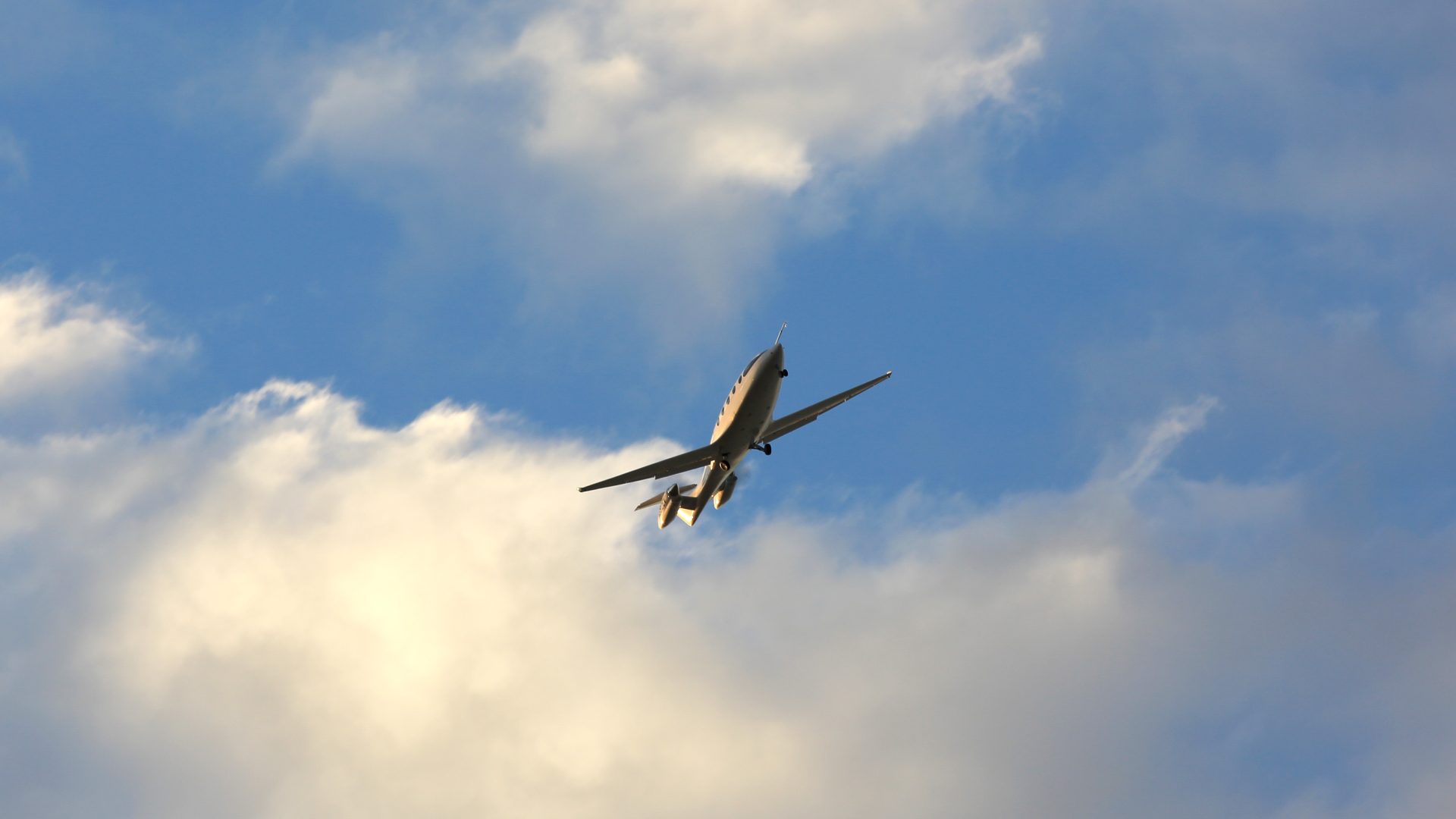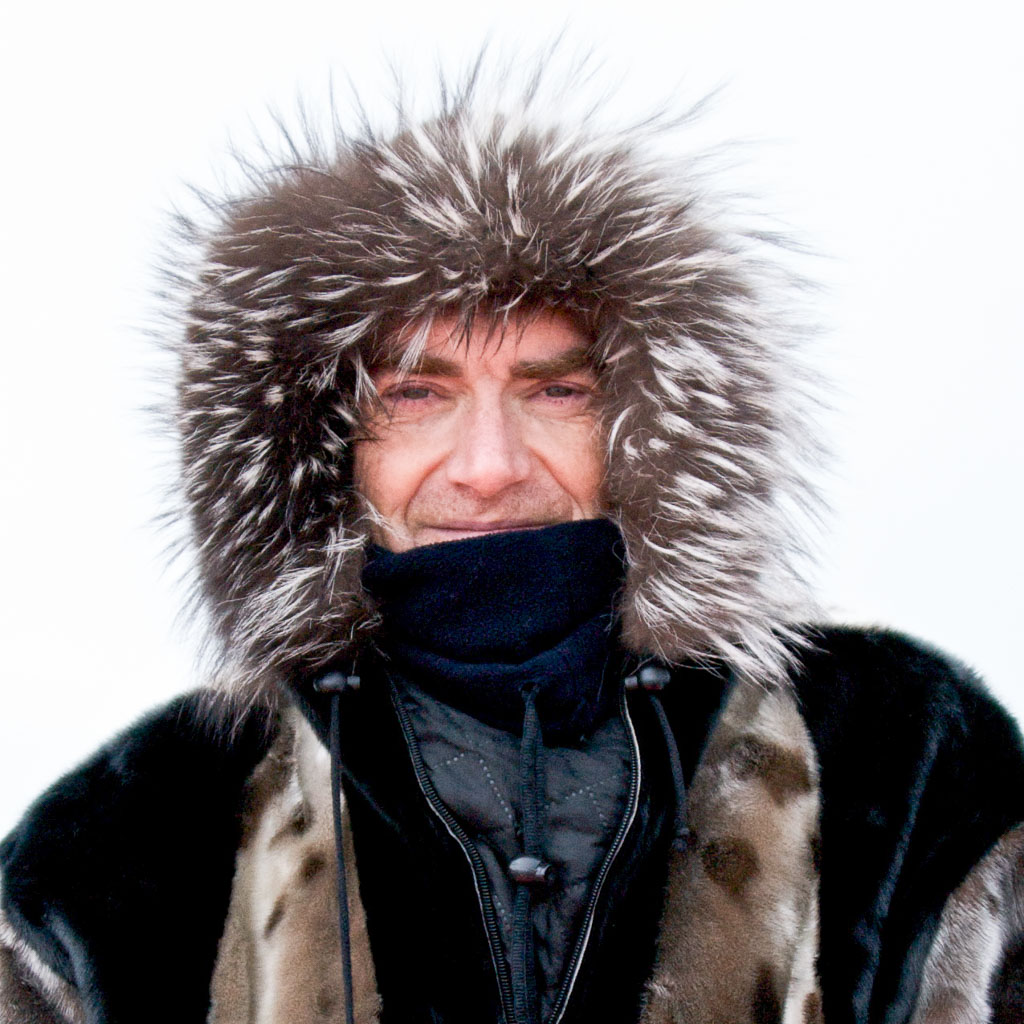
The aviation industry, which has been working on electric planes for years, just got closer to zero-emission passenger flights. Alice is no 737, but its successful first flight is still a major development.


The aviation industry, which has been working on electric planes for years, just got closer to zero-emission passenger flights. Alice is no 737, but its successful first flight is still a major development.
If you haven’t already heard the good news, welcome. The first all-electric passenger airplane, charmingly named Alice, took its maiden voyage. For the test flight, the airplane took off from an airport in central Washington, ascended to 3,500 feet and landed again, for a total flight time of eight minutes. According to reporting from TechCrunch, that’s just the right amount of time to prove that the aircraft and its battery-powered engine can do what it’s made to do.
“This is history,” Gregory Davis, Eviation’s president and CEO, told CNN.”We have not seen the propulsion technology change on the aircraft since we went from the piston engine to the turbine engine. It was the 1950s that was the last time you saw an entirely new technology like this come together.”
After years of promises of electric air travel and pressure on the aviation industry to reduce carbon emissions, the eight-minute voyage was a historic, and encouraging, development that has been a long time coming.
Electric aircraft have been around for generations. Electric model aircraft have been flown by hobbyists and researchers since the 1970s and led to the invention of unmanned aerial vehicles and drones. According to Guinness World Records, the first authenticated, manned flight of a helicopter powered by an electric motor took place on August 4, 2011, in Venelles, France. The aircraft was flown by Pascal Chretien (France) and hovered about 50 cm (19 in) above the ground for a little over two minutes. The first flight was tethered, but the machine made its first free flight a few days later. Records show the aircraft flew for a total of 99.5 minutes in 29 flights, some of which extended for 6 minutes. Even more impressively (some a practical sustainability perspective, anyway), the aircraft Solar Impulse 2 completed a circumnavigation of the Earth using solar power between 2015 and 2016.
From there, the development of zero-emission aircraft continued to grow. Research from Roland Berger shows that almost 100 electric aircraft were known to be under development in May 2018, with designs favoring mostly urban air taxis and general aviation aircraft that are battery-powered or hybrid-electric in hopes of achieving a full-fledged airliner. The first all-electric cargo plane took flight in 2019 in Canada, and other prototypes have made successful flights, as well.
So while the history is there and Alice isn’t the first electric plane, it is the first electric passenger plane.
Alice is powered by battery technology similar to the kind used in electric cars and trucks, and is not yet a one-to-one replacement for existing fossil fuel-powered passenger airplanes. For one thing, the battery-powered plane maxes out at nine passengers and two crew members (it can also be configured to carry cargo). Its range, between 150 and 250 miles, is smaller than the median electric vehicle, and its batteries take 30 minutes to recharge after 1-2 hours of use.
Alice has just enough juice to get between, say, Boston and New York City (216 miles)—Boeing 737s, among the most common passenger plane model, can fly over 3,000 miles (coast-to-coast across the US) without refueling.
This is not to say that an all-electric plane that really can fly isn’t a huge deal. It is. Right now, air travel produces more carbon emissions per person than nearly any other activity. Last year, the US announced its goal of net-zero emissions from air travel by 2050. Technology like less-polluting fuel, more-efficient engines, and offsets will likely also be part of hitting that target, but the more electric planes in the mix, the better.
Currently, Eviation Aircraft, the Israeli company that made Alice, is working on three different versions of the Alice: a “commuter” variant, an executive version, and one specialized for cargo. According to CNN, the commuter configuration holds nine passengers and two pilots, as well as 850 pounds of cargo. The executive design has six passenger seats for a more spacious flight, and the cargo plane holds 450 cubic feet of volume. Eviation Aircraft, already has interest from companies looking to buy the electric planes, even though they are only in the prototype phase. This includes DHL Express, the shipping company, which has put in an order for the electric planes, in hopes to use them for ferrying cargo shipments.
Additionally, the commuter airline CapeAir (which services the East Coast and Midwest of the US, as well as Puerto Rico), is expecting to put a fleet of Alice aircraft into service by 2023, flying their current routes across Boston and Cape Cod.
Fingers crossed we see more of Alice in the skies soon.

Miyo McGinn is Adventure.com's US National Parks Correspondent and a freelance writer, fact-checker, and editor with bylines in Outside, Grist, and High Country News. When she's not on the road in her campervan, you can find her skiing, hiking, and swimming in the mountains and ocean near her home in Seattle, Washington.








Can't find what you're looking for? Try using these tags: